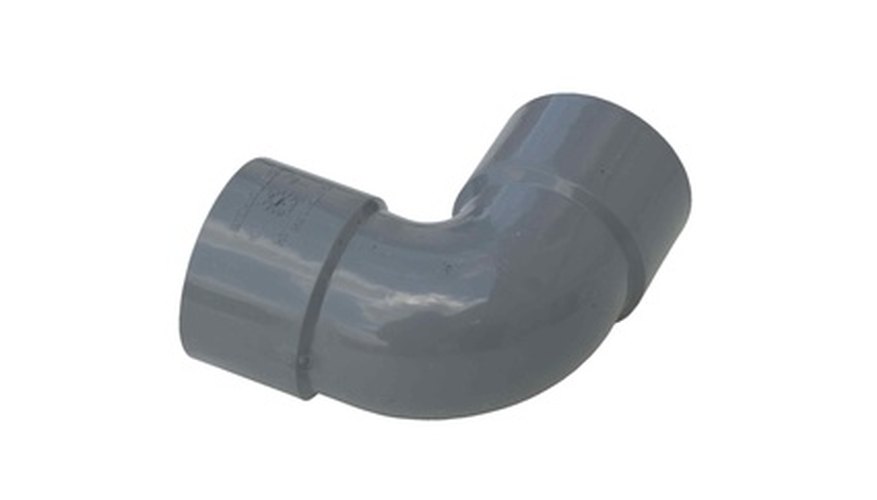Polyvinyl chloride, or PVC, is a type of plastic that is widely used in construction. PVC is used for vinyl siding, window frames and plumbing. Paint that drips and dries on your PVC can easily be removed with a little elbow grease and some items that you probably already have around the house.
Scrape at the paint with the tip of a scraper. High gloss paints will typically peel away from PVC with just a little bit of pressure. Work the tip of the scraper under the paint and push it from the surface of the plastic. Remove as much paint as you can manually.
- Polyvinyl chloride, or PVC, is a type of plastic that is widely used in construction.
- Work the tip of the scraper under the paint and push it from the surface of the plastic.
Apply rubbing alcohol to the spots that are still covered with paint. If you are dealing with a large painted area, fill a spray bottle with alcohol and spray the alcohol onto the painted area. For small areas, apply the alcohol with a cotton ball.
Cover the alcohol and paint with a piece of cling film to keep the alcohol from evaporating too quickly. Let the alcohol penetrate the paint for five minutes.
- Apply rubbing alcohol to the spots that are still covered with paint.
- Cover the alcohol and paint with a piece of cling film to keep the alcohol from evaporating too quickly.
Remove the cling film. Scrub the painted area with a scrub sponge to remove the paint.
Reapply the alcohol to any residual paint. Cover the alcohol with cling film. Repeat this process until all of the paint has been softened.
TIP
Some paints, such as enamel or oil based paints, may be resistant to removal with rubbing alcohol. For stubborn paint, use a chemical paint remover. Be sure to test the paint remover on a section of the PVC before applying it to the entire item. Some chemicals may be damaging to plastic.
